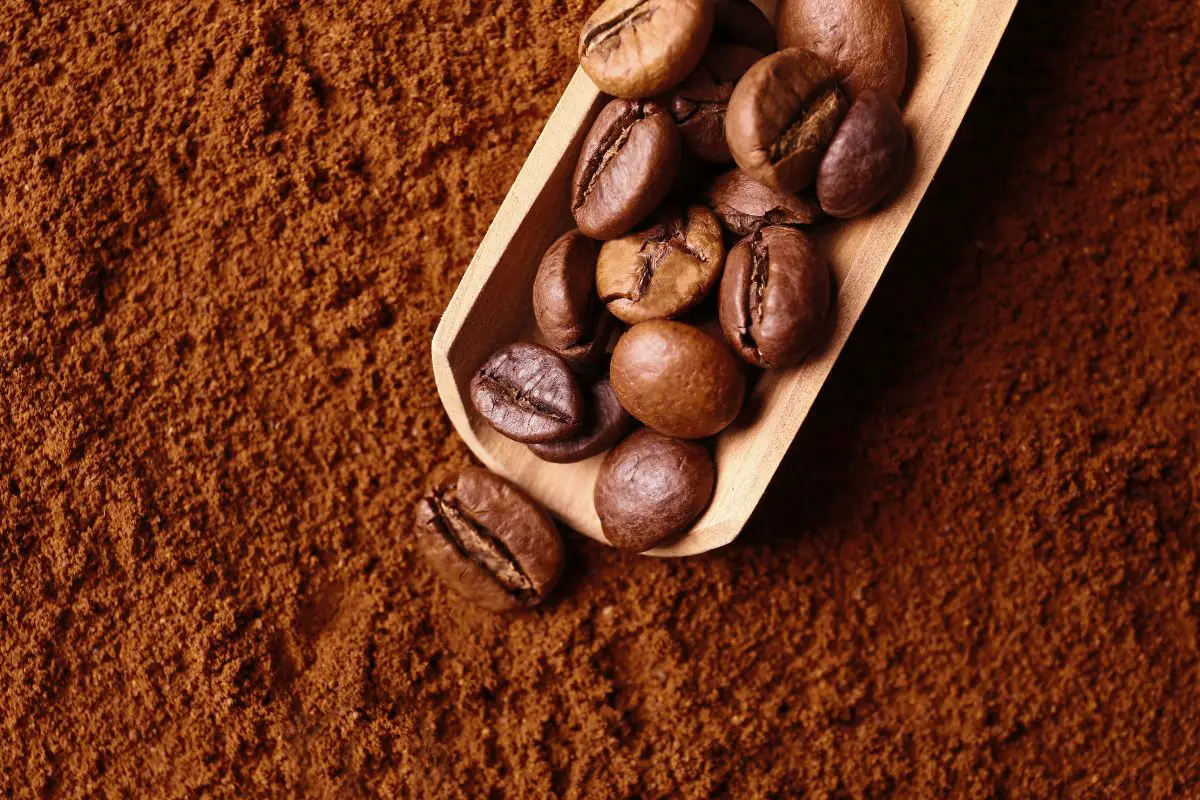Table of Contents
Espresso, the strong and bold coffee drink, has become a staple in coffee shops around the world. But how much do we actually know about this mysterious liquid? Well, buckle up because we’re about to dive into the world of espresso, and trust me, it’s not just a shot of hot brown liquid.
*This post may contain affiliate links. As an Amazon Associate we earn from qualifying purchases.
Let’s start with a brief history lesson. Espresso was first invented in Italy in the early 20th century. It quickly gained popularity due to its fast-brewing time and intense flavor profile. Fast forward a hundred years, and espresso has become a staple in coffee shops and homes around the world.
But what exactly is espresso? It’s a method of brewing coffee where hot water is forced through finely ground coffee beans under high pressure. The result is a strong, concentrated shot of coffee with a thick crema on top.
So, why is espresso so important, you ask? Well, aside from being a key ingredient in many popular coffee drinks like lattes and cappuccinos, espresso serves as the foundation for coffee flavor. It sets the tone for the overall taste and quality of the drink. That’s why it’s crucial to get the right espresso grounds dosage, and we’ll dive into that later.
Factors That Affect Espresso Quality
Now that we understand the basics of espresso, let’s talk about what affects its quality.
First and foremost, water quality and temperature play a crucial role. No one wants to drink an espresso shot with a hint of chlorine or metal, so it’s essential to use fresh, filtered water. The optimal water temperature for brewing espresso is between 195°F to 205°F.
Next, the quality of the coffee beans and roast level can make or break your espresso. High-quality, freshly roasted beans are crucial for a delicious espresso shot. Darker roasts tend to have a stronger flavor profile, while lighter roasts are more delicate.
Your grinder also plays a significant role in the quality of your espresso. A burr grinder is recommended over a blade grinder because it provides a more consistent grind size, leading to a better extraction. And don’t forget to adjust the grind size based on your equipment and desired taste.
Finally, the equipment you use can also impact the quality of your espresso. A high-quality espresso machine with good pressure and temperature control is key. And don’t skimp on the tamper! A proper tamper ensures even compression of the grounds, leading to a more balanced extraction.
Different Types of Espresso Drinks
Now that we’ve covered the basics, let’s talk about the different types of espresso drinks you can make.
The classic espresso shot is the foundation for all espresso-based drinks. It’s a concentrated shot of coffee with a thick crema on top.
An Americano is an espresso shot diluted with hot water to create a longer, weaker coffee.
Lattes are made with espresso, steamed milk, and a small amount of foam on top.
Cappuccinos consist of equal parts espresso, steamed milk, and foam.
And finally, there’s the mocha, a latte with chocolate syrup added.
The Science Behind Espresso Brewing
Now let’s get into the nitty-gritty details of espresso brewing.
The solubility of coffee compounds plays a significant role in the extraction process. Solubility refers to the ability of coffee compounds to dissolve in water. The right temperature and brewing time help to extract the right balance of flavors and aromas from the coffee beans.
Extraction yield and coffee strength are also crucial factors in the brewing process. The extraction yield refers to the amount of coffee compounds that are extracted from the grounds and into the water. A good extraction yield results in a balanced and flavorful espresso shot, while a poor extraction yield leads to a weak and flavorless shot.
The optimal brewing time for espresso is between 25 to 30 seconds. This ensures that the right balance of flavors and aromas are extracted, while avoiding over-extraction and resulting in a bitter taste.
Importance of Proper Espresso Grounds Dosage
So, why does the amount of grounds you use matter? Well, let me tell you, it matters a lot. The right grounds dosage is crucial for a delicious espresso shot.
The role of the coffee to water ratio is crucial. A higher ratio of coffee to water results in a stronger and more concentrated shot, while a lower ratio results in a weaker and more diluted shot.
The dose of grounds also affects the taste of the espresso shot. Using too little grounds can result in a weak and flavorless shot, while using too much can lead to over-extraction and a bitter taste.
Common mistakes to avoid when it comes to the espresso grounds dosage include using too much or too little, not measuring the grounds accurately, and not adjusting the dose for different types of espresso drinks.
Espresso Dosing Methods
So, how do you determine the right amount of grounds to use? There are three main methods: volumetric dosing, gravimetric dosing, and ratio dosing.
Volumetric dosing involves measuring the grounds by volume, usually using a scoop. This method is easy and convenient, but it can be inaccurate because the density of the grounds can vary.
Gravimetric dosing involves weighing the grounds using a scale. This method is more accurate but requires additional equipment.
Ratio dosing involves using a specific ratio of coffee to water, such as 1:15 (1 gram of coffee to 15 grams of water). This method is easy and consistent, but it requires a scale for accurate measurements.
Recommended Espresso Grounds Dosage
So, what’s the magic number? The standard espresso shot consists of 1 to 2 ounces of liquid, using 7 to 10 grams of coffee grounds.
For espresso-based drinks like lattes and cappuccinos, the ratio of coffee to milk is important to consider. A good starting point is to use 1 ounce of espresso and add 4 to 6 ounces of milk to create a balanced flavor profile.
Of course, the right grounds dosage can vary based on personal taste, so don’t be afraid to experiment and adjust to your liking.
Tips for Consistency in Espresso Grounds Dosage
Consistency is key when it comes to espresso grounds dosage. Here are a few tips to help you achieve consistent results every time:
- Use accurate measuring tools, such as a scale or a scoop with clearly marked measurements
- Store coffee beans and grounds in an airtight container to keep them fresh
- Maintain consistency in preparation methods, such as grind size and tamping pressure
Experimenting with Different Dosages
Now that you have the basics down, it’s time to have some fun! Experimenting with different dosages is a great way to discover new flavor profiles and find the perfect balance for your taste buds.
Try adjusting the coffee to water ratio to see how it affects the flavor of the espresso shot. Experiment with different bean varieties and roast levels to see how they affect the flavor and strength of the shot. And don’t be afraid to try out different brewing methods and extraction times to see how they impact the taste of the espresso.
Remember, there’s no such thing as a perfect espresso shot, so embrace the journey and enjoy the process of finding your own perfect blend.
In conclusion, the amount of espresso grounds you use plays a crucial role in the flavor and strength of the espresso shot. It’s important to understand the different dosing methods and to experiment with different dosages to find the perfect balance for your taste buds.
So next time you’re brewing up an espresso shot, remember to measure carefully and have fun experimenting! And who knows, you may just discover your own secret recipe for the perfect espresso shot.

